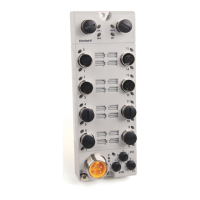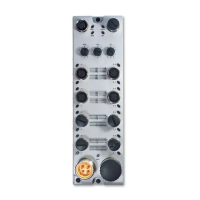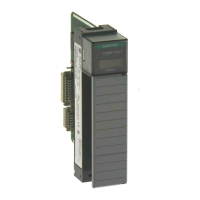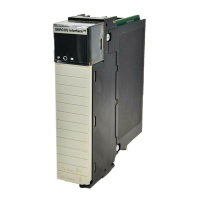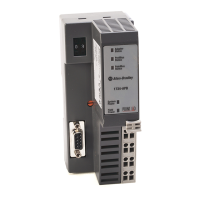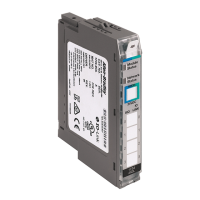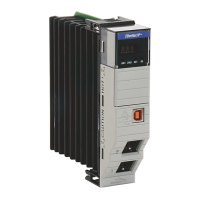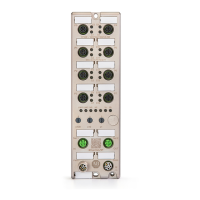
Do you have a question about the Allen-Bradley ArmorBlock 1732E-16CFGM12M12LDR and is the answer not in the manual?
| Series | ArmorBlock |
|---|---|
| Model Number | 1732E-16CFGM12M12LDR |
| Category | Control Unit |
| Number of Channels | 16 |
| Number of Inputs | 8 |
| Number of Outputs | 8 |
| Configuration | Configurable |
| Communication Protocol | EtherNet/IP |
| Input Voltage | 24V DC |
| Output Voltage Category | 24V DC |
| Connector Type | M12 |
| Mounting Type | DIN Rail |
| Enclosure | IP67 |
| Protection Rating | IP67 |
| I/O Type | Digital |
| Output Current | 2A |
| Operating Temperature | -25°C to 55°C |
Defines the target audience for the manual.
Outlines the information and procedures covered in the manual.
Lists supplementary resources for related products from Rockwell Automation.
Describes the ArmorBlock 16-channel configurable digital module and its suitability for industrial environments.
Details key features like integrated switch, redundancy function, and output fault values.
Explains the module's 16 universal inputs/outputs and configuration options.
Directs users to installation instructions for module setup.
Explains how to download and register the EDS file required for module configuration.
Explains the location and uniqueness of the module's Media Access Control (MAC) address.
Details how to set network parameters like IP address using rotary switches or DHCP/BOOTP.
Explains implicit and explicit messaging for EtherNet/IP communication.
Describes connection types (Data, Listen Only) and assembly IDs for data exchange.
Discusses configuration parameters and their assembly instances.
Explains how to set a delay time for monitoring digital output channels.
Details how QuickConnect speeds up module startup on EtherNet/IP networks.
Covers general parameters like web server disable, output fault reporting, and auto-restart.
Explains how to configure data direction for each channel (input, output, or both).
Provides step-by-step instructions for configuring the module within the Logix Designer software.
Guides on editing common configuration pages like General, Connection, and Quick Connect.
Details the General page in Logix Designer for module setup, including type, vendor, and Ethernet address.
Explains the Module Definition dialog for setting series, revision, and electronic keying.
Covers configuring connection type, RPI, and module inhibition settings.
Explains how to suspend a module's connection for maintenance or testing.
Describes the Quick Connect page for optimizing module connection times.
Displays module identity, firmware revision, and fault status.
Configures output state for channels during controller fault or program mode.
Configures fault delay and data direction for individual channels.
Details manual IP settings, DHCP configuration, and DNS server setup.
Configures settings for each port, including enable, speed, and duplex.
Displays network mode, topology, and operational status.
Describes how to assign process data to I/O channels using a generic profile.
Details the 16-bit output and input data mapping with diagnostics.
Lists parameters and datatypes for configuration data.
Defines terms used in process data tables for the module.
Explains naming conventions for module tags, including module name, type, and function.
Explains how channel errors are determined by comparing target and actual output values.
Describes voltage errors due to sensor short-circuits on M12 input sockets.
Details errors reported when output drivers detect an overload condition.
Monitors system/sensor power supply voltage and reports errors outside the normal range.
Illustrates the location of status indicators on the module.

